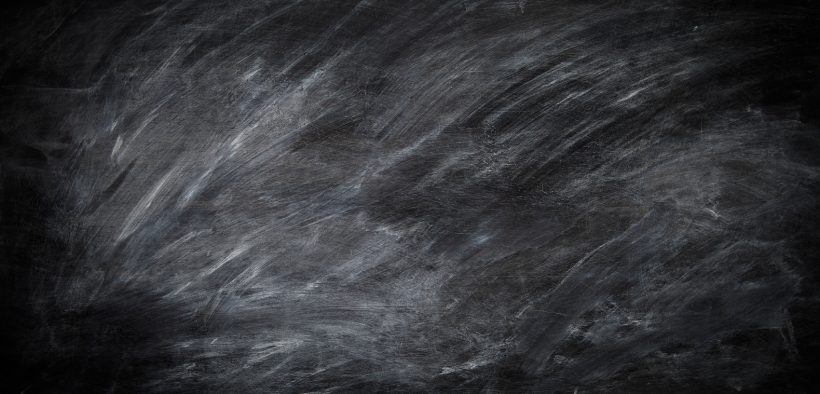In this high-tech era teachers often look askance at blackboards, most of which aren’t even black any more. Blackboards are something math instructors still scribble on, and are good for leaning against, although they dust your clothing and make you sneeze. And we all cringe when badly angled chalk buzzes our teeth and jars our ears. This sometimes snobbish, always unfortunate attitude closes off many teachers from what can be a most effective and flexible aid to teaching through discussion methods.
Twelve Ways of Looking at a Blackboard

Related Articles
I have two loves: teaching and learning. Although I love them for different reasons, I’ve been passionate about...
Active learning is a mostly meaningless educational buzzword. It’s a feel-good, intuitively popular term that indicates concern for...
Perhaps the earliest introduction a student has with a course is the syllabus as it’s generally the first...
Generative AI allows instructors to create interactive, self-directed review activities for their courses. The beauty of these activities...
I’ve often felt that a teacher’s life is suspended, Janus-like, between past experiences and future hopes; it’s only...
I teach first-year writing at a small liberal arts college, and on the first day of class, I...
Proponents of rubrics champion them as a means of ensuring consistency in grading, not only between students within...







